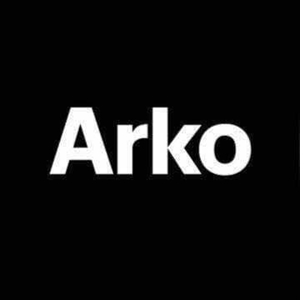Hello EA, you cannot manually override the logical error rate as Alex suggests. I am not sure if that is a valid parameter in the Azure Quantum Resource Estimator API.
If I understood your question correctly, you are basically asking how can you correctly calculate the logical error rate in the Azure Resource Estimator for ultra-low physical error rates below 0.001, and why doesn’t the estimator reflect those lower values in its output correct?
Your first question- I modified the physical gate error rates, but the logical qubit error rate stays fixed at 3.00e-7. Why is that?
Ans- This is expected behavior. The Resource Estimator clamps error rates below a certain validated range, as explained in the Microsoft documentation. It does not simulate improvements beyond that because its internal models are bounded for stability and reliability. It’s not a bug, it’s a design limitation.
“the worst-case error rate of any physical Clifford operation performed in the device” which is max(one_qubit_measurement_error_rate, one_qubit_gate_error_rate, two_qubit_gate_error_rate)
So even if you manually specify very low values (like 1e-7), the estimator may default to a higher internal minimum threshold, often around 1e-4 or 1e-5.
Your second observation- about the displayed formula says logical error rate is calculated using: 0.03 × (p / 0.01)^((d+1)/2). But the actual value doesn’t match this formula.
Ans-The displayed formula is a simplified approximation. The estimator uses a more complex model internally, with values like crossingPrefactor, distanceCoefficientPower, and errorCorrectionThreshold. The actual formula is documented and configurable, which I cite directly from the same official documentation.
Your final ask- Can I set gate error rates below 0.001 and get accurate logical error outputs? If not, how can I simulate that?
Ans- No, you will not get more accurate logical estimates just by lowering physical error rates below the model’s range (~1e-4 to 1e-5). Microsoft explicitly states-
“QEC schemes typically have an error rate threshold below which error correction suppresses errors.
And importantly you will see in the document-
“If the physical T gate error rate is lower than the required logical T state error rate, the Resource Estimator cannot perform a good resource estimation.”
Kindly checkout- https://learn.microsoft.com/en-us/azure/quantum/overview-resources-estimator
If you want to explore ultra-low physical error rate behavior (< 1e-6), you can try using external quantum error correction simulation tools like Stim or qecsim.
Hope I was able to clear your query here. Thanks.

